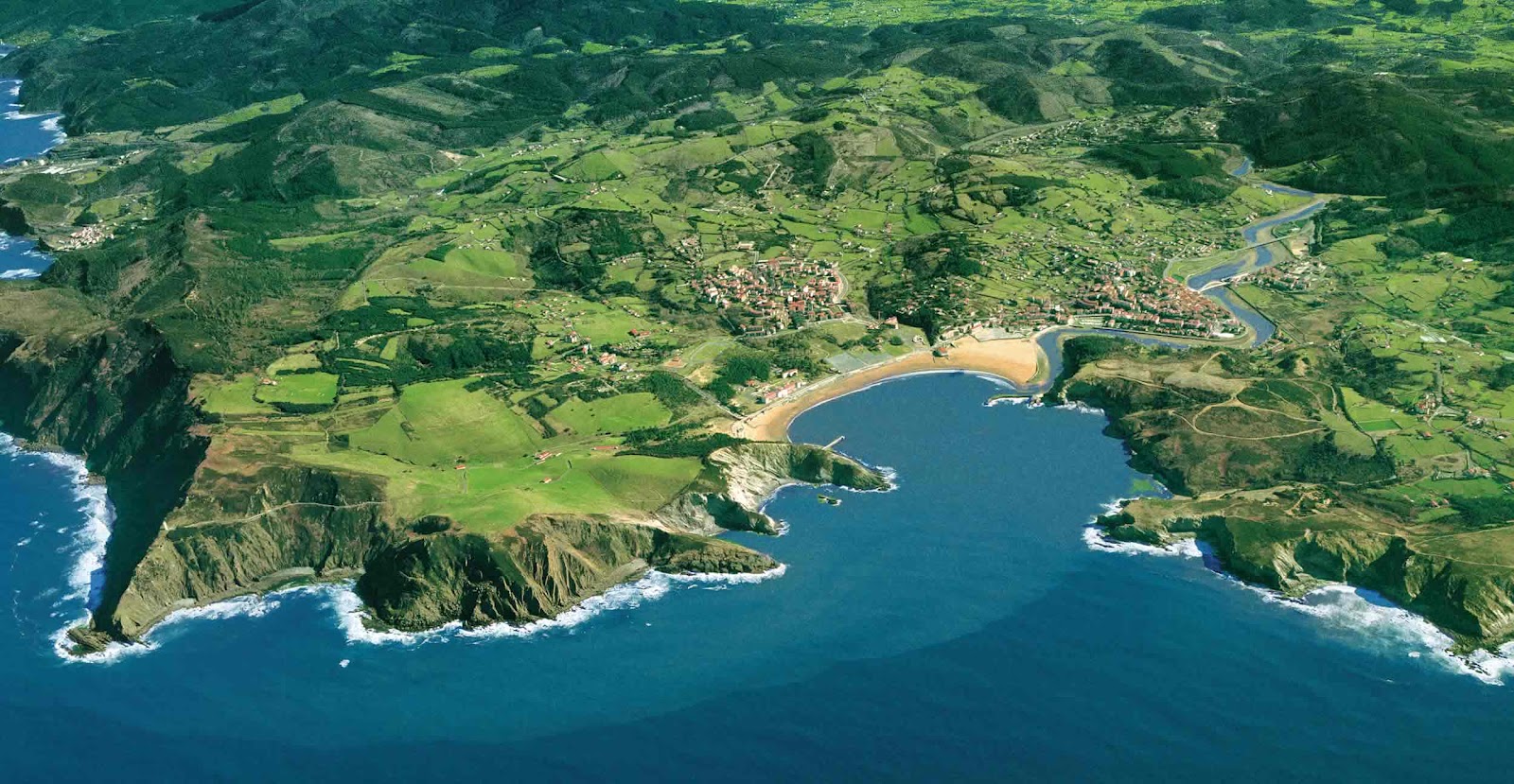
At the mouth of the estuary is a stunning natural bay, in which the beaches of Gorliz and Plentzia are to be found. The large sandy beach and safe bathing make Gorliz beach extremely popular with families. 842 metres long, the beach is right by the town centre of Gorliz. Nearby are recreational areas, a large car park beside the beach and green areas with tables, benches, barbecues and a children's play area. Really a fantastic destination.
The beach at Plentzia, slightly further along the bay, has a promenade running beside its fine, golden sand. Its calm waters makes it ideal for families with children and anybody looking for water sports like windsurfing, surfing or kayaking. Its waters offer one of the best alternatives in adverse conditions or when the sea further out is rough, as one can continue up the estuary to calmer waters.
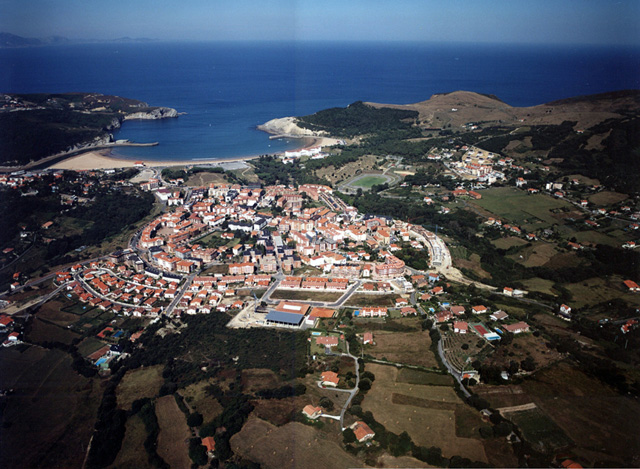


Gorliz is located on the coast of the historical territory of Bizkaia, in the Uribe-Costa region. This municipality has a great touristic tradition and its beaches attracts many people int he summer.
Gorliz offers different cultural treasures. The Elexalde neighbourhood is in the town centre, where the Iturritxu and Axeo palaces, dating back to the 19th century, are situated. Likewise, the magnificent church of the Inmaculada Concepción de Santa María and the Town Hall itself, next to the church, are outstanding constructions which are well worth visiting.
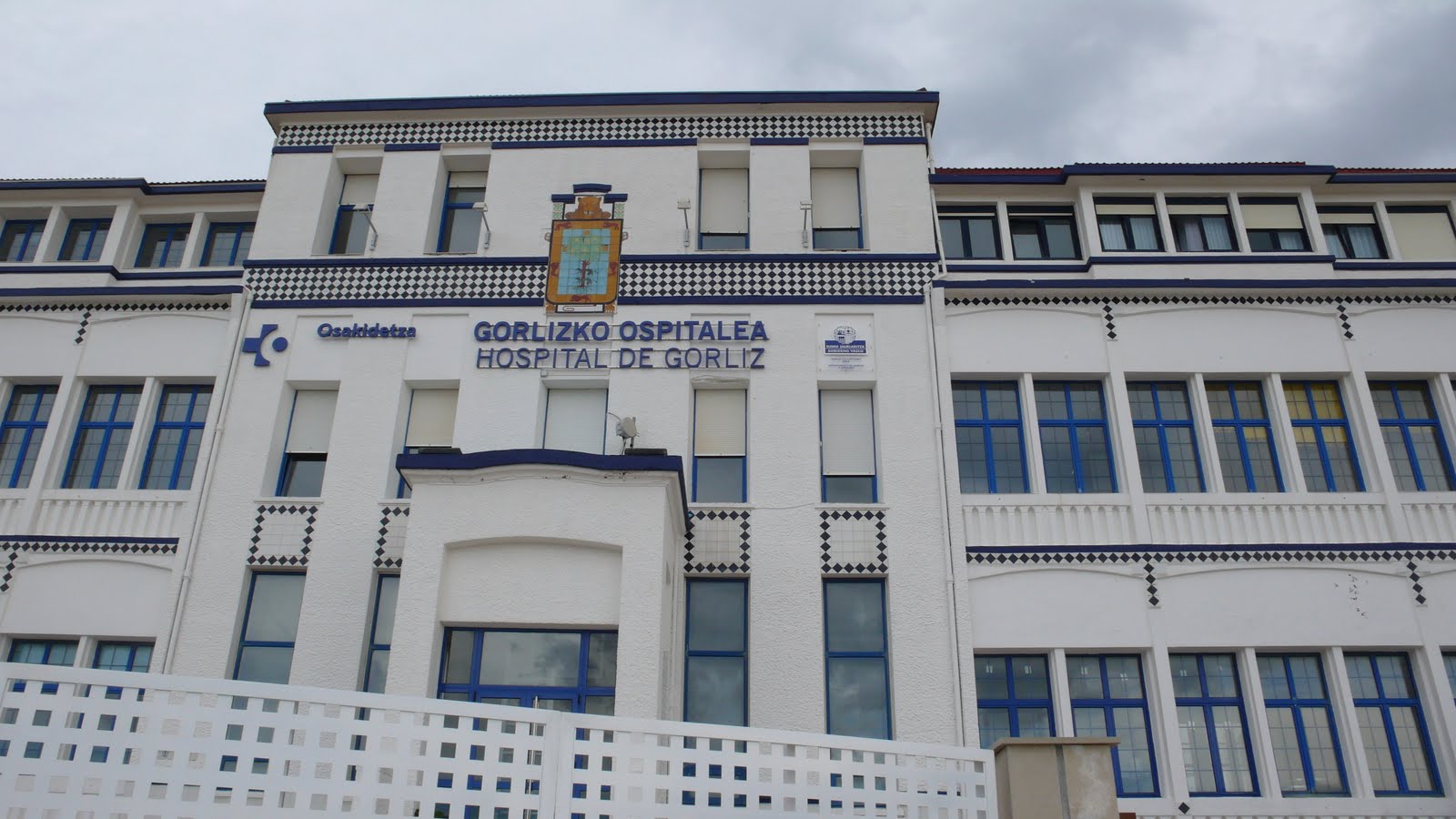
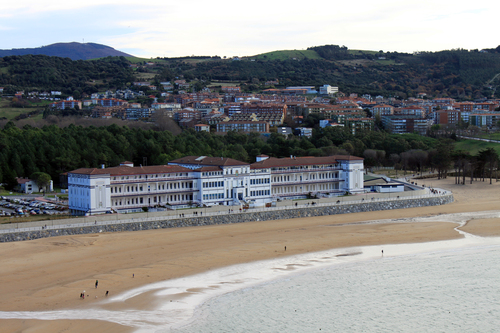
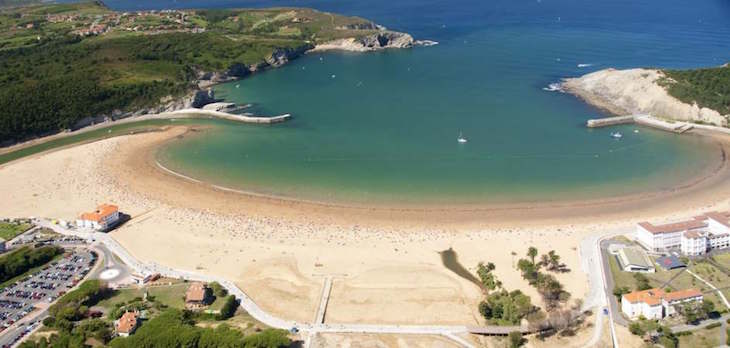
One of the most emblematic and characteristic buildings is located on the promenade: The Gorliz hospital, quite impressive with unbeatable views. Another great example of heritage and coastal character is the hermitage of Nuestra Señora de las Nieves or Andra Mari. Located in a privileged area in the Andramari neighbourhood, this temple from the 11th century offers the opportunity to visit the bay of Gorliz and the estuary of the ria Butrón.
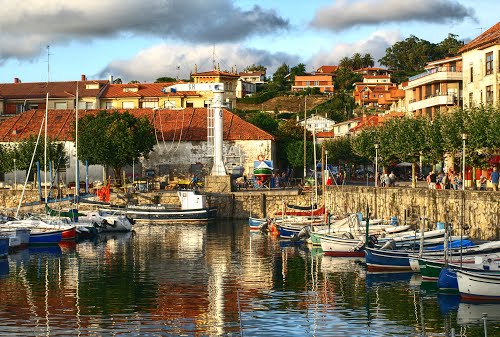
Nature lovers can make ecological trips through the different routes prepared in the surroundings of the village. Once you have discovered the nicest places, the still waters of the bay of Gorliz allow the practice of several nautical sports such as canoeing, bodyboarding and the ever-growing sport of SUP (Stand up paddling)
A number of festivities and traditional events take place throughout the year in Gorliz. The festivities of Santiago, in July - although not this year - flood the streets of Gorliz with music and joy. The Andra Mari neighbourhood holds its celebrations at the beginning of August too.
This is truly a breathtaking place to visit so if you fany exploring the Basque country this destination is simply a must.